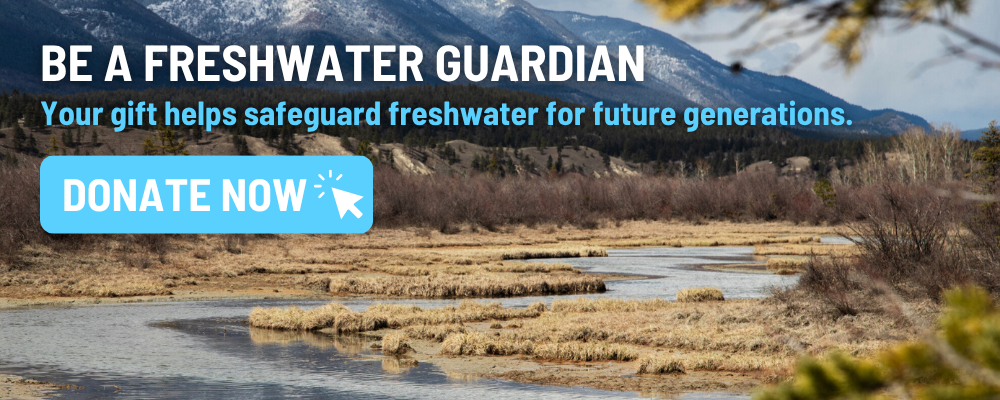Indigenous, Scientific & Local Voices Unite for Water
“It’s absolutely worth fighting for, to protect what we can protect, collectively, but this movement is not a bystander movement, it’s not a polite movement. You have to show up, you have to speak out, and you gotta stand up – and we have to do it together.” ~ Grand Chief Stewart Phillip, President of the Union of BC Indian Chiefs and keynote speaker for the Without Water Symposium
These powerful words shared by Grand Chief Stewart Phillip at the ‘Without Water’ Symposium on Yaq̓it ʔa·knuqⱡi’it First Nation territory on June 5 are an important reminder that water protection is not passive — it’s a shared responsibility rooted in courage, unity, and action. True stewardship demands that we not only care, but commit to each other, to the land, and to future generations.
As out-of-control wildfires continue to ignite across Canada following the hottest year on record in 2024, collaborative efforts towards a water-secure future are more important than ever. Living Lakes Canada’s ongoing water science work is offering critical insight into the climate conditions unfolding on the ground and helping to build watershed resilience. As 2025 unfolds, we’re charting the course of our work. Explore our recent highlights below.

Without Water tackles Watershed Security
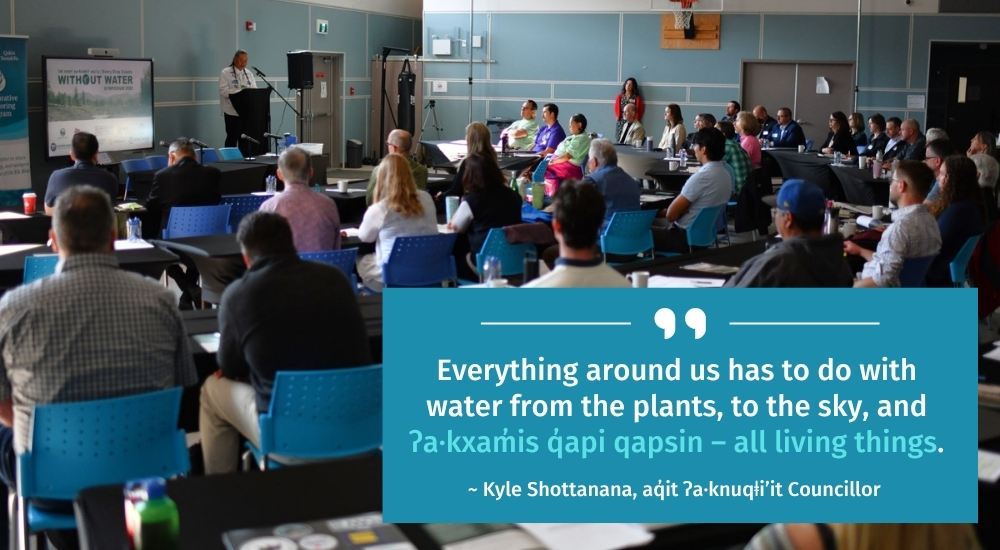
On Thursday, June 5, more than 50 delegates gathered for the ‘Without Water’ Symposium on Yaq̓it ʔa·knuqⱡi’it First Nation territory (Grasmere, B.C.), including Indigenous leaders, scientists, government representatives, industry, and community members. Co-hosted by Yaq̓it ʔa·knuqⱡi’it, Living Lakes Canada, and the Elk River Alliance, the event focused on watershed challenges in Southeast BC, including drought and pollution, and how available knowledge can improve watershed decision making.
In the post-event media release, hear from both Indigenous and non-Indigenous leaders as they reflect on how Indigenous, scientific, and local knowledge can guide meaningful decisions to collectively confront the urgent realities of water scarcity, and chart a path forward.

Rethinking Watershed Management in a Changing Climate
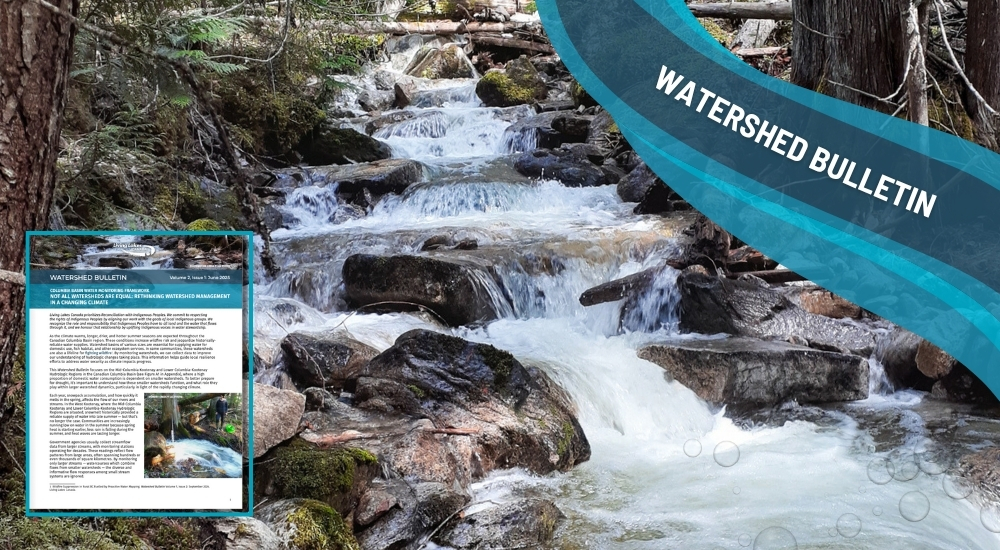
New findings from the Columbia Basin Water Monitoring Network shed light on how small watersheds across the West Kootenay are responding to climate change — and what that means for local water security.
With some watersheds showing early signs of stress while others remain more resilient, these data-driven insights can help inform smarter, more adaptive water management.
Learn which watershed characteristics matter most, why north-facing basins may hold unique value in the future, and how this research is shaping climate-ready planning across Southeast BC.

Citizen Scientists Caring for Freshwater Lakes Across Canada
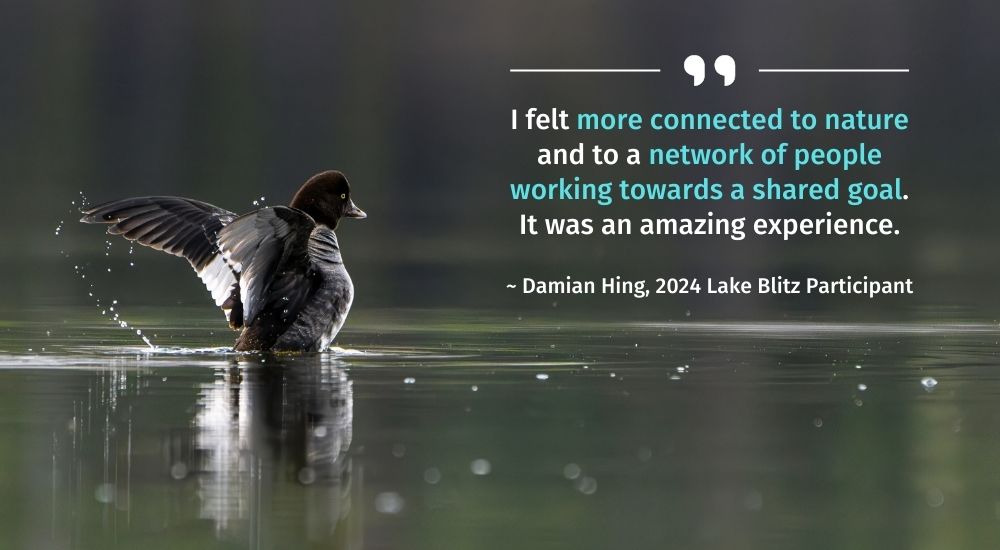
The 5th Annual National Lake Blitz is now underway, with citizen scientists already submitting water and biodiversity data in this coast-to-coast monitoring effort. This year, getting involved is easier than ever!
New volunteers can now use the free iNaturalist app to log wildlife and invasive species sightings at their own pace. Whether you’re lakeside with a smartphone or camera, your observations can help us better understand these vital ecosystems.
Registration is still open! Join the movement and turn your lake visits into meaningful lake stewardship.

Mobilizing Communities from the Ground Up
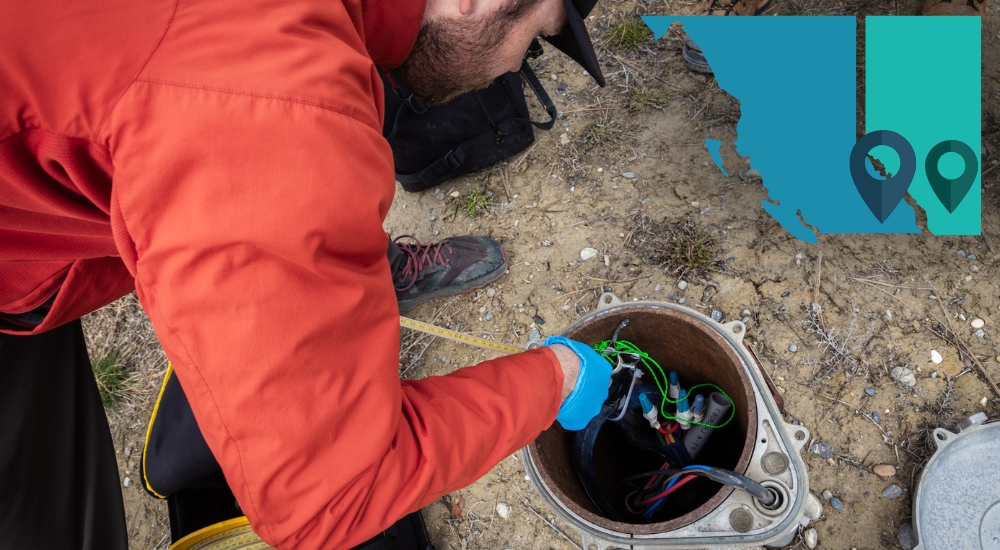
Living Lakes’ groundwater monitoring initiatives in B.C. and Alberta have been in full swing this year. In April, a webinar co-hosted with Kootenay & Boundary Farm Advisors shared preliminary results from the Columbia Basin Aquifer Vulnerability Assessment. In southern Alberta, multiple community meetings held across the Oldman Watershed gathered groundwater concerns and priorities.
Most recently, both groundwater programs were featured as part of Living Lakes’ virtual 2025 Annual General Meeting.

Collecting Data from Alpine Peaks to Valley Streams

High-elevation environments can be remote, but they’re closely connected to the health of downstream communities and ecosystems through the freshwater they supply.
From tracking snowpack and collecting climate station data to monitoring alpine lakes and engaging citizen scientists, Living Lakes is working to deepen our understanding of these vital systems. Go behind the scenes of our high elevation monitoring in this story published by the Alpine Club of Canada.

Connecting through Lake Monitoring in the Yukon
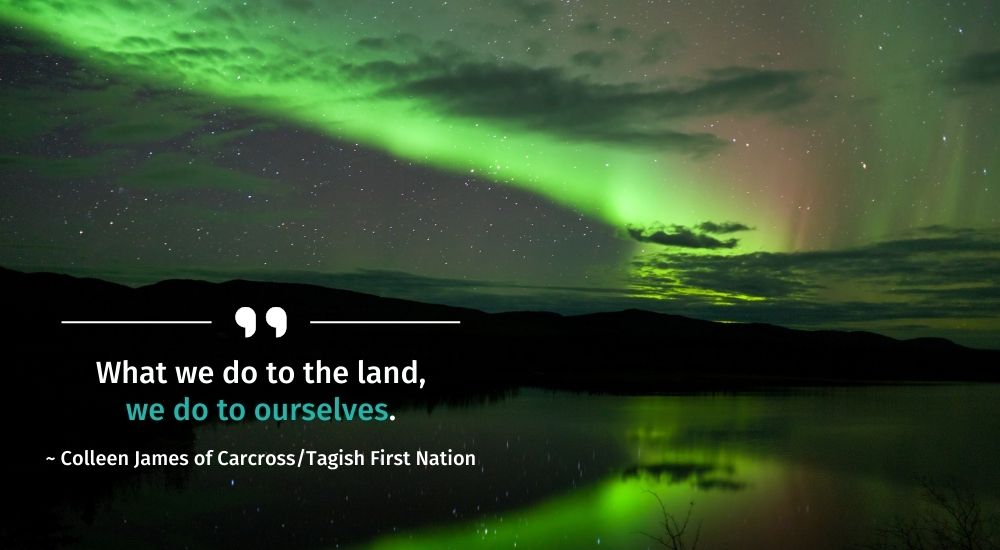
The Yukon stands as a sentinel of climate change, where a range of lake monitoring initiatives are tracking shifting freshwater systems.
Hosted by Living Lakes, the Yukon Lakes Virtual Roundtable provided a space for researchers and communities to provide updates on these initiatives, and share on-the-ground observations from ongoing lake monitoring efforts.
From community-based monitoring by Carcross/Tagish First Nation to research in the vast wetlands of Van Tat, this blog offers a snapshot of lake science across the territory.

Our Current Reads
AI Data Centers Boom is Draining Water From Drought-Prone Areas – Sustainability Tipping Point? – TechRepublic
There’s a wildfire crisis in Western Canada. Why is this happening so early in the season? – The Vancouver Sun
Low snowpack levels suggest BC needs a wet and cool June – CTV News
“It potentially will get worse” — hot, dry summer predicted for fire-stricken central Canada – Canadian Geographic
Earth’s storage of water in soil, lakes and rivers is dwindling. And it’s especially bad for farming – AP News


